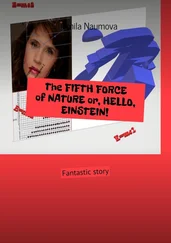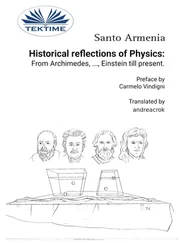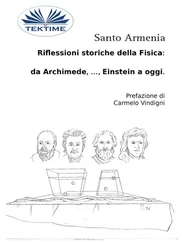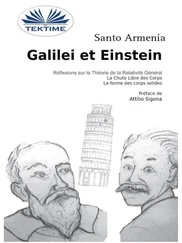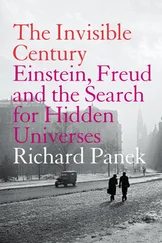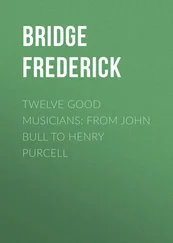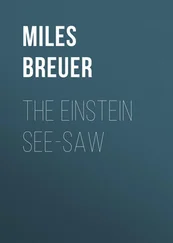She brightened at the mention of the Internet and began to tell him about the Web forum she belonged to that focused on medieval cuisine and recipes.
The meal finished, George put the glasses and cuffs back on. He called up the LEM handbook. The glasses darkened, and a bright multicolor image of the great detector hung in the dark volume of space before him.
He reached out and lifted off the top of the detector, then gestured to expand the cutaway image. It grew until it had an apparent size greater than the airplane. George reached out and touched a region near the center of the image. The small region brightened, and the rest of the image vanished.
Before him was the vertex detector, a barrel-shaped object that was shingled with small slabs of silicon. Wires and fiberoptic cables snaked away on both sides. George enlarged the view until it was approximately true size, then he touched one of the control spots on the right edge of the display. It was as if the device had contracted a disease. Bright purple spots appeared at random places on the shingled surfaces.
These were the failure points, the places where the tiny transistors created on the silicon surface with large-scale integration had failed and died in the hail of charged particles and gamma rays from the SSC’s ultra-relativistic proton-proton collisions.
Perhaps looking at the thing one more time would give him an idea. It was worth a try. George looked for a pattern but could see none. Perhaps there were more dead transistors at the central region of the device than near the edges, but the effect was not striking.
It was a fucking disaster, he thought. The fact was that the transistors were dying, more every day, and there was apparently nothing the LEM group could do but tear the detector apart, at great expense and downtime, and replace the silicon slabs with improved ones, at even greater expense, some millions of dollars. There were lots of better things to do with that money. And there was no expectation that the replacements would work any better or live any longer.
George blanked the display and called up the handbook’s index, then selected the section on radiation damage. There, in beautifully typeset mathematical equations, were the calculations on which the design of the pixel detector slabs had been based. ATLAS’s pixel detectors worked, and LEM’s died. Both designs were based on the same measurements, the same equations. What the hell was the difference? George banged his fist on the tray table, erasing the image before him and bringing questioning looks from his fellow passengers. He inhaled, taking deep measured breaths until his composure returned. Conceding defeat, he put the finishing touches to the radiation damage report, linked to the Airphone, and sent it on its way on the Internet.
With a gesture he called up the book reader and mounted a detective novel set in Seattle, a ROM-book he’d picked up at the HUB branch of the University Bookstore just before leaving Seattle for Geneva. He would let J. P. Beaumont do the detective work for a while. George did not feel capable of solving any problem just now.
THE CONCANTATION OF INDIVIDUALS WAS ENDING NOW. Tunnel Maker watched as the Individuals exited the enclosure of meeting. In the low gravity of this part of the Station some rolled, some flowed, some floated, and some undulated, de-pending on their individual perceptions of taste, style, and convenience. The variety of sizes, shapes, and metabolic support systems of the Individuals did not seem unusual to Tunnel Maker. The extreme conservatism of their decision did.
Perhaps Tunnel Maker should have expected this outcome. Many of the Individuals had their own programs and projects that competed for resources, and some resources were in short supply at this remote outpost, so far from the Makers’ Sun. The Concantation had not been convinced by the evidence that he had been able to marshal. A vocal minority had favored no action at all until there was more conclusive data. But the majority had preferred a middle course.
The consensus had authorized the opening of a Bridge to the neighboring Bubble, but it would be only a microscopic one. If the proton-size ultra-high-energy concentration that had been detected, it was argued, was truly the product of a high technological civilization, then the microscopic Bridge should, with a high probability, be sufficient to attract their attention and accomplish the initial contact at a moderate cost in resources. Even if no contact was established through the initial Bridge, it could at least be used to accumulate more data that could be carefully weighed before considering the expenditure of additional resources needed to expand the Bridge to macroscopic dimensions.
As Tunnel Maker floated to the equipment enclosure in which he would prepare the Bridge, he felt disappointment and frustration. He thought of the more compelling arguments that he might have made but had not. He had argued that the occurrence of the regions of ultra-high-energy concentrations in the other Bubble had been very erratic. If the signals stopped altogether, it would be impossible to establish a Bridge. Therefore, it was important to establish contact at the next opportunity.
He had argued that by hoarding resources that were presently available, the Concantation was risking the very possibility of contact. He had pointed out that contact was extremely important to the progress and prosperity of the Maker civilization as well as to the civilization that was to be contacted. After all, the Makers had originally learned to Read and Write from another civilization that had been reached through such a contact, using such a Bridge.
Some Individuals countered with the argument that if the signals should stop as Tunnel Maker had suggested, there would be no need to protect their originators from the Hive. They also argued that, since seventeen civilizations in other Bubbles had already been contacted, the benefits to the Makers of a new contact would, in all likelihood, be minimal.
Tunnel Maker had not argued forcefully enough against these points, and now he regretted it. He might have reminded the Individuals that only a dozen gross of orbits ago the Makers had themselves been isolated, and by today’s standards had been impoverished, both technologically and culturally. The paradox of the extreme rarity of the occurrence of intelligent life in the universe had at last been understood. Intelligent life was extremely rare and precious. Most Bubbles probably had none at all.
The Makers were unique and alone, isolated by vast distances within their Bubble. Inhabitable planets around well-behaved stars were a gross of light orbits away, and the speed of light was an insurmountable barrier. Their ancestors had despaired of ever being able to realize the dream of escaping the confining boundaries of their own planetary system or the dream of contact, of meeting and exchanging ideas, information, and techniques with another intelligent species that had evolved and developed through completely separate evolutionary processes and local conditions.
The Makers had simultaneously pursued other investigations, including the exploration of the realm of extreme energy densities and the search for new particle species that are the building blocks of matter and the keys to the fundamental forces. That investigation, most unexpectedly, had led to the breakthrough of contact.
Another intelligent and advanced species, the Rovans, residing in a separate Bubble Universe, had used a region of ultra-high-energy density produced by the Makers’ experiments to open a Bridge to the Makers’ world. The result was an ongoing revolution of ideas and technologies that had now been rolling forward for a dozen gross of orbits and showed no signs of slowing down.
Читать дальше





